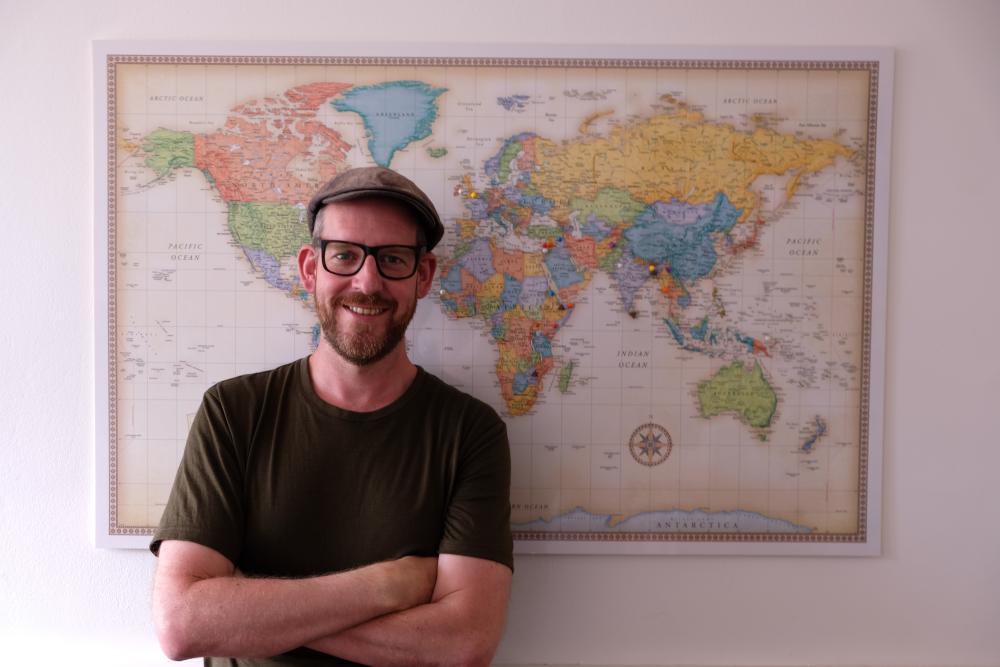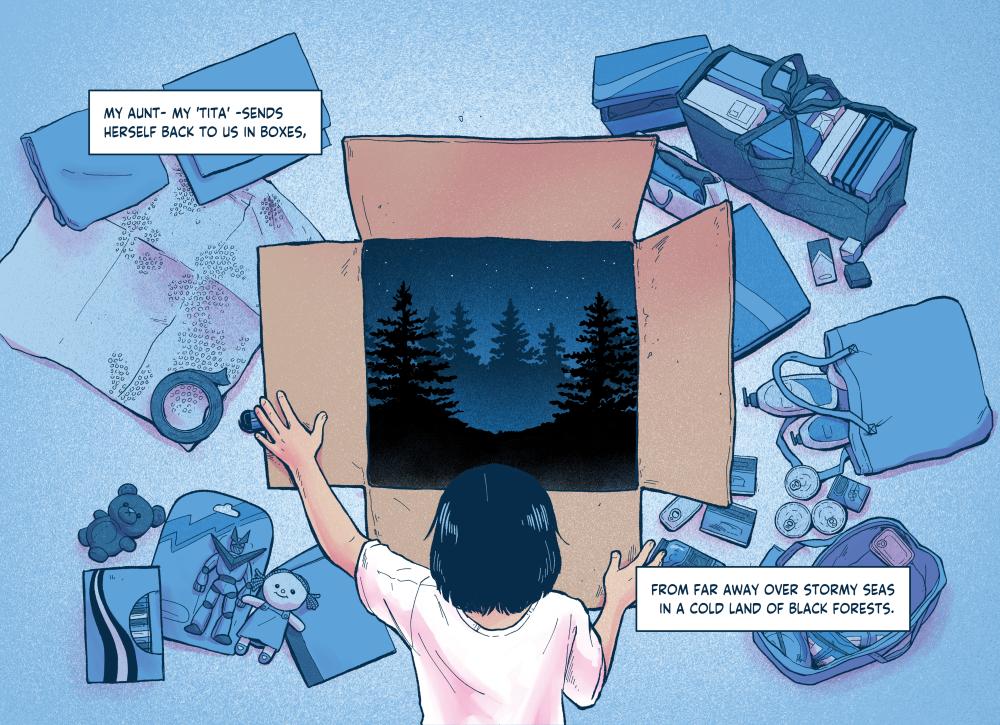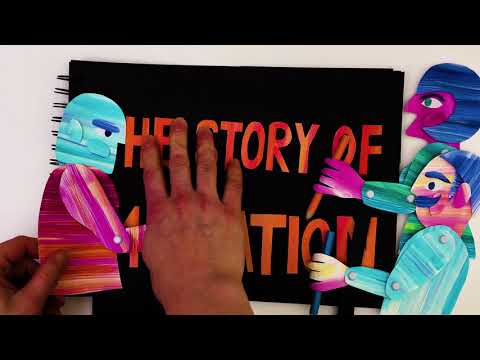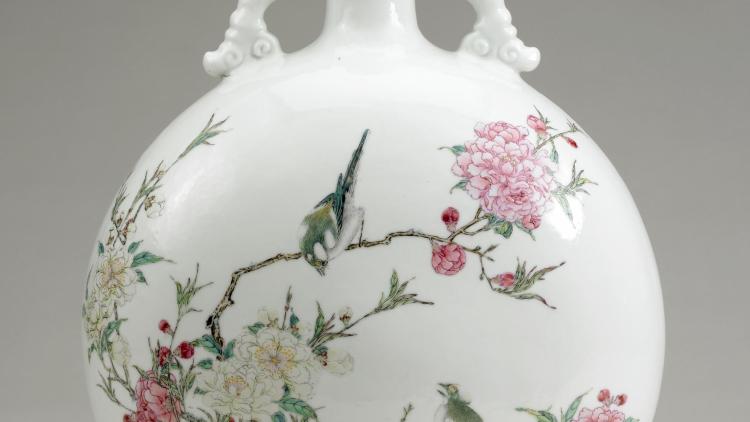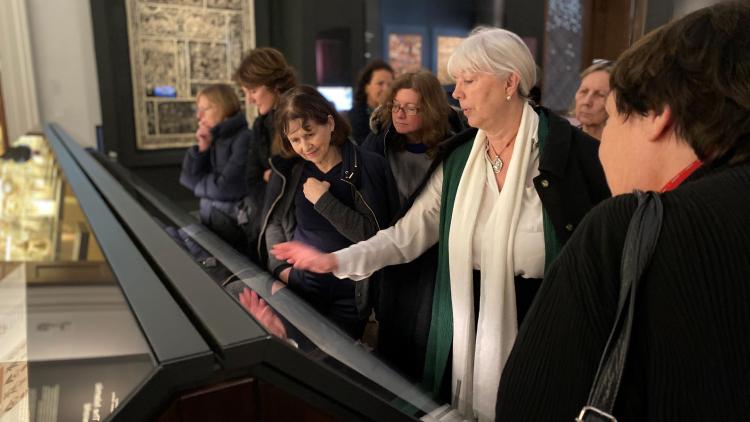How PositiveNegatives translates humanitarian research into visual storytelling
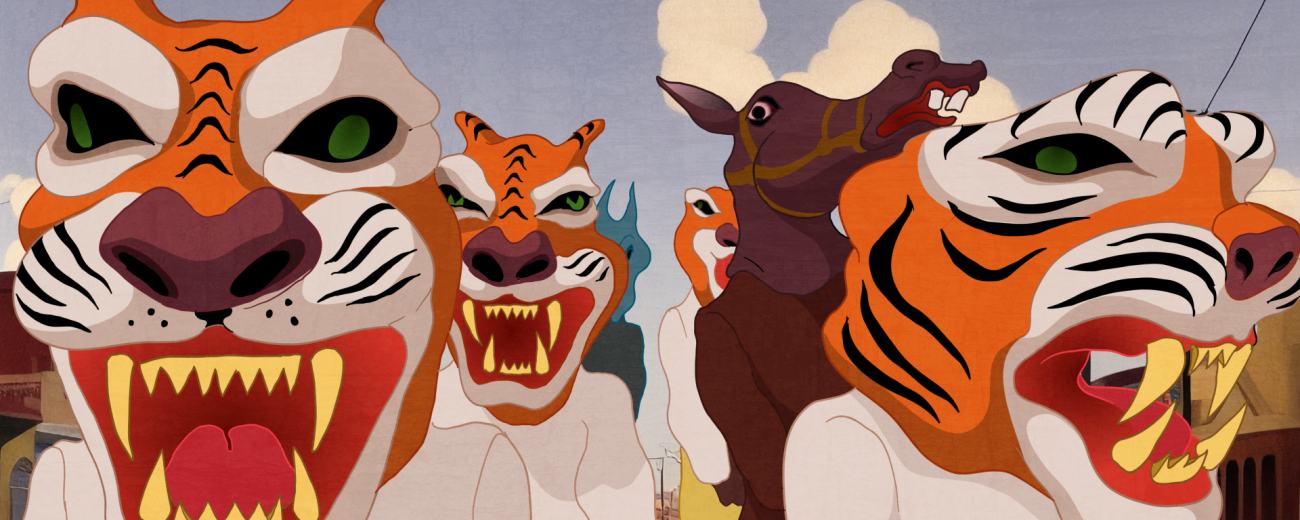
The SOAS Gallery is set to host 'Stories of Migration', a 3-month exhibition showcasing the work of PositiveNegatives – an award-winning arts organisation based here at SOAS. Ahead of its opening, Lilly Clausen sat down with founder Benjamin Worku-Dix to discuss their innovative approach to visual storytelling.
Let’s face it — academic writing isn’t for everyone. Research can be dense and complex, needing time and attention to understand in detail. But when it comes to urgent humanitarian crises, academic research needs to reach a mainstream audience. Enter PositiveNegatives, a groundbreaking nonprofit that translates academic research into visual storytelling. Through animations and comics, PositiveNegatives has spent over a decade making critical humanitarian research accessible to everyone.
From January 2025, SOAS will host Stories of Migration —an exhibition bringing together twelve years of profound illustrated stories on migration for the first time. While we wait for the new year, here’s a glimpse into PositiveNegatives’ creative collaboration.
The Founder and Director of PositiveNegatives is a SOAS alum
Dr. Benjamin Worku-Dix is no stranger to SOAS—he’s an alumnus! During his time studying geography (1999-2002), he developed the critical lens that inspired his work as a photojournalist in India and later with the UN in Sri Lanka. SOAS continues to influence his work today, acting as the base for PositiveNegatives, and facilitating partnerships with researchers such as Professor of Development Studies Laura Hammond, who is also Deputy Vice-Chancellor of Research and Knowledge Exchange at SOAS.
The art of distilling complex research
Though the animations featured in Stories of Migration last no more than ten minutes, they each represent an immense amount of work: between fourteen and eighteen months, to be exact. The creative process begins when ethnographic research is distilled into single-character narratives that both reflect lived experiences and safeguard anonymity. Dr. Worku-Dix describes it as “nonfiction fiction”—stories rooted in truth but conveyed through imaginative, fictional means.
The challenge is, of course, brevity. Complex research on migration must be condensed into compelling five hundred-word scripts — a bit like a shop window, inviting audiences to explore the critical issues further. After that, a team of illustrators and animators work together to visually bring the stories to life. The final products are broadcast on the PositiveNegatives website, as well as on platforms like the BBC, and have earned awards such as the AHRC Research in Film Awards.
One of the most exciting features of the Stories of Migration exhibition is Animated Learning, an educational initiative that brings these powerful illustrated stories into classrooms. By collaborating with curriculum developers and school teachers, PositiveNegatives will teach students critical thinking skills through comics and animations.
The story of migration is one that never truly ends. There are always new voices to amplify, new challenges to highlight and new solutions to seek.
The creative team
Above all, PositiveNegatives is collaborative. The illustrated stories showcased in the exhibition have been created by a team of researchers and creatives around the world. Though it has taken over a decade to build, Dr. Worku-Dix has organised a network of over four hundred artists and over fifty researchers, many based in Asia and Africa.
In that sense, authenticity is prioritised over experience; PositiveNegatives seeks to empower artists from the regions depicted in their stories, often offering illustrators mentorship in animation to help them expand their skills and find a platform for their art.
Stories of Migration
This exhibition, in short, seeks to humanise the global migration crisis. As Dr. Worku-Dix warns, migration isn’t going away—especially as climate change renders parts of the planet uninhabitable. These illustrated stories transcend the barriers of education, using real stories to craft powerful animations for a cross-cultural, multi-generational audience of up to millions. Stories of Migration centers on three themes: home, journey, and destination—each reflecting an aspect of the migration experience.
Home: Many Syrian refugees hold onto the keys to their homes despite the fact that they may never return. It’s a powerful symbol, Dr. Worku-Dix describes, of homesickness. Migration is rarely a choice; it’s a matter of survival.
Journey: The stakes of migration are often life and death. With these illustrated stories, audiences gain access to moments rarely seen by journalists or researchers, like the violence faced in Libyan rebel camps or the treacherous journeys on boats across the Mediterranean Sea.
Destination: Arrival doesn’t mean the end of struggle. Migrants face cultural, linguistic, and political barriers that often isolate them from the communities they enter.
“The story of migration is one that never truly ends,” Dr. Worku-Dix tells us. “There are always new voices to amplify, new challenges to highlight and new solutions to seek. This exhibition gives visitors the chance to immerse themselves in previous chapters and play a part in the next.”
Make sure you don’t miss the Stories of Migration exhibition from 16 January to 22 March in the SOAS Gallery. Entry is free and open to SOAS staff, students, and the public during library opening hours.
